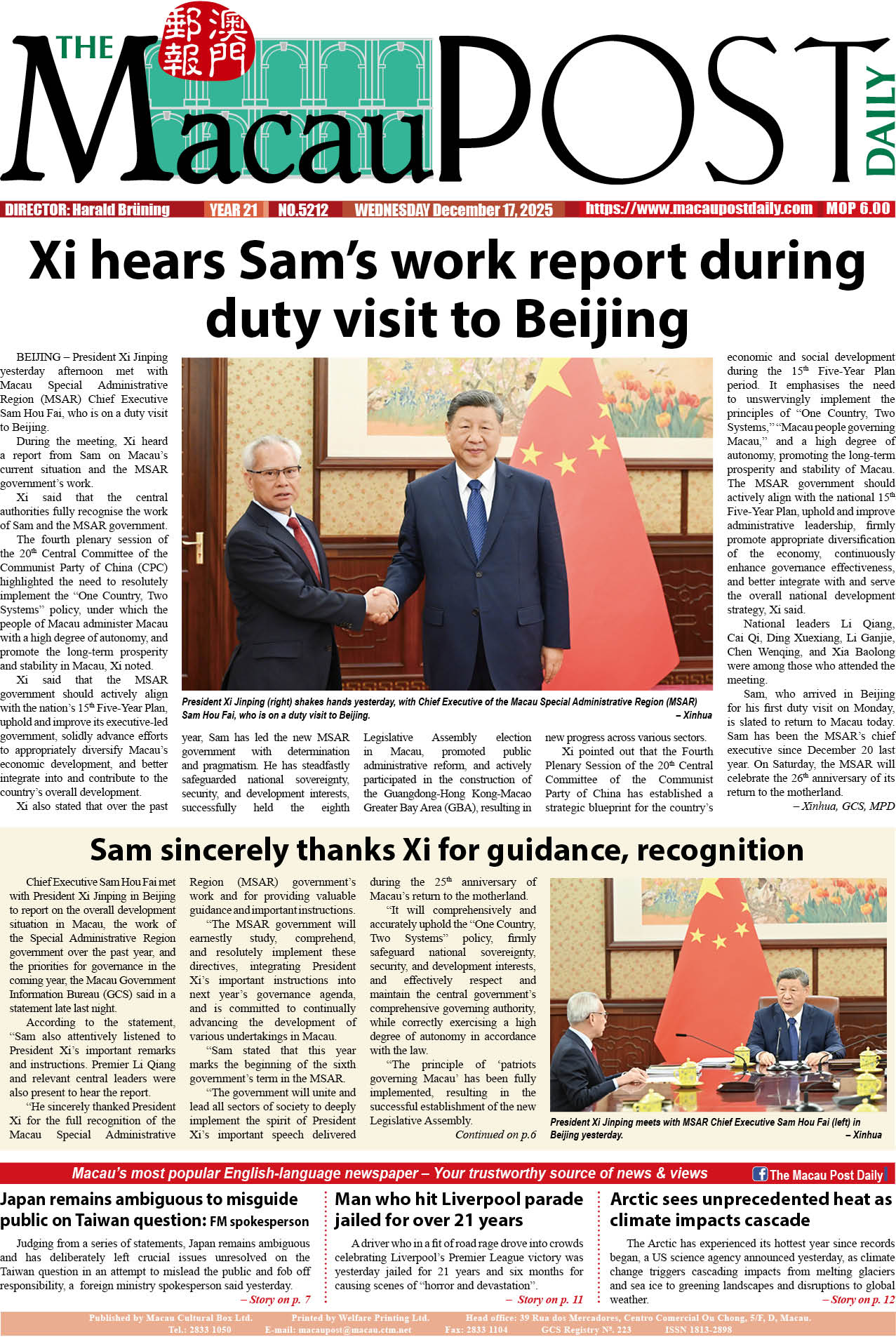Interview
BEIJING – The Cultural Landscape of Old Tea Forests of the Jingmai Mountain in Pu’er, southwest China, embodies the wisdom of China’s agrarian culture and is an example of positive interaction between people and nature, and of their sustainable development, a Chinese official has said.
Li Qun, deputy minister of culture and tourism and head of the National Cultural Heritage Administration, made the remarks in a recent interview with Xinhua. The site was inscribed on the UNESCO World Heritage List yesterday during the extended 45th session of the World Heritage Committee in Riyadh, Saudi Arabia.
With the addition of this new listing, China’s number of UNESCO World Heritage sites has risen to 57. The Cultural Landscape of Old Tea Forests of the Jingmai Mountain in Pu’er is the very first tea-themed world cultural heritage site globally.
On what makes this site stand out and on what sort of cultural insights it offers, Li said the cultural landscape comprises five ancient tea forests, nine traditional villages and three protective forests, which maintain their vitality to this day.
“According to archaeological findings, the cultivation of tea trees in ancient China can be traced back over 6,000 years,” Li said. “Subsequently, tea culture and the practice of growing and consuming tea spread from China to neighboring countries and beyond.”
The cultural landscape has resulted in a unique protection system combining government management with grassroots governance, which ensures the protection of cultural and biological diversity and the sustainable use of natural resources, Li said.
This heritage, he said, also demonstrates the unique tradition of the complementary use of natural resources in mountainous environments by many of China’s ethnic groups.
Its success in achieving World Heritage Site status is “a significant achievement in presenting an authentic picture of ancient and modern China to the world,” the official said.
China plans to implement preservation and management initiatives in five key areas, Li said.
Emphasizing the importance of prioritizing protection and planning ahead, Li highlighted the need for the coordinated planning of protection and management measures for ancient tea forests, villages and traditional residential architecture. Such an approach aims to strike a balance between heritage preservation and development.
Furthermore, China intends to invest in research on core technologies to enhance its monitoring capabilities for ancient tea forests as well as rare flora and rare fauna, and its capabilities for climate change responses.
To promote the sustainable development of its heritage sites, China aims to improve the participation mechanism for locals and other stakeholders. The involvement of local communities, particularly people from younger generations, will be encouraged and guided to contribute to the dissemination of tea culture and the growth of the tea industry.
China will continue to delve into the history of the tea industry, explore the philosophical depth of tea culture, and elucidate the global influence of Chinese tea culture. The country seeks to tap into the value of this heritage and promote its traditional culture further.
The official said that efforts are underway to promote the effective utilization and regulated development of cultural World Heritage Sites, aiming to breathe new life into these invaluable treasures.
– Xinhua








